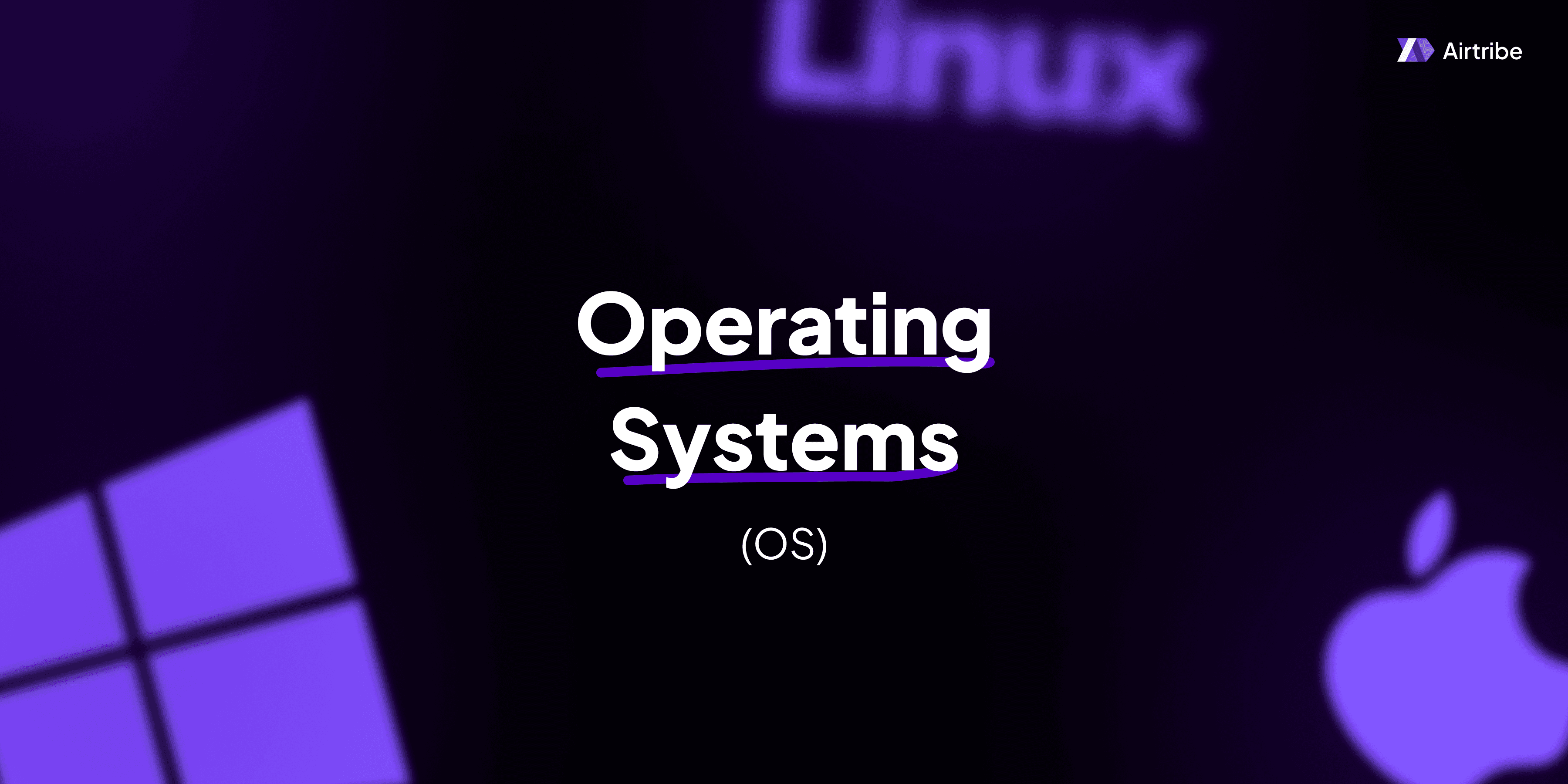Deadlock and Methods for preventing deadlock

Understanding Deadlock in Operating Systems
In the realm of operating systems, process management is a fundamental component that ensures efficient utilization of resources. A critical issue within this domain is deadlock, a scenario where a set of processes become stuck in a state of perpetual waiting due to resource contention. This article aims to unravel the complexities of deadlock, explore its core concepts, and delve into various strategies for its prevention.
Core Concepts and Theory
1. What is Deadlock?
Deadlock is a specific condition in multiprogramming systems where two or more processes cannot proceed because each is waiting for a resource held by another. It's an unfortunate stalemate that significantly impacts system efficiency and performance.
2. Conditions for Deadlock
A deadlock situation arises when the following four conditions occur simultaneously:
Mutual Exclusion: At least one resource must be held in a non-sharable mode. If another process requests that resource, the requesting process must be delayed until the resource is released.
Hold and Wait: A process is holding at least one resource and waiting to acquire additional resources that are currently held by other processes.
No Preemption: Resources cannot be forcibly taken from a process unless the process itself releases the resource.
Circular Wait: There exists a set of processes waiting on each other in a circular form, where each process is waiting for a resource held by the next process in the cycle.
3. Deadlock Detection and Recovery
While prevention is ideal, detection and recovery form a secondary mechanism. Systems may periodically check for deadlock conditions and employ strategies to recover, such as terminating processes or preempting resources.
Methods for Preventing Deadlock
Preventing deadlock involves ensuring that at least one of the necessary conditions for deadlock does not hold. The primary methods for preventing deadlock include:
1. Eliminate Mutual Exclusion
Avoiding mutual exclusion entails designing the system in such a way that resources can be shared whenever possible. For instance, read-only files can be shared by multiple processes.
2. Avoid Hold and Wait
Processes must request all the required resources at once before execution begins. Alternatively, processes can be required to release all resources if they need to wait for additional resources, which can then be requested again with the full set of requirements.
3. Allow Preemption
To address the no preemption condition, operating systems can be designed to allow preemption of resources, thus forcibly taking resources away from processes to allocate to others as needed.
4. Prevent Circular Wait
Imposing a total order of all resource types and requiring each process to request resources in an increasing order of enumeration can prevent circular wait.
Practical Applications
Most modern operating systems incorporate some form of deadlock prevention or handling mechanisms. For high-stakes systems, such as real-time processing systems, deadlock prevention techniques are critical to ensuring smooth, continuous system operations without halts.
Comparison and Analysis
| Method | Pros | Cons |
|---|---|---|
| Mutual Exclusion | Easier resource management. | Not applicable to all resources. |
| Hold and Wait | Simple implementation. | Can under-utilize resources and cause process starvation. |
| Allow Preemption | Increases resource availability. | Can complicate process management and increase overhead. |
| Prevent Circular Wait | Clear rules for resource requests. | Constraints can be difficult to enforce and track. |
Additional Resources and References
To delve deeper into the topic of deadlocks and resource management in operating systems, consider the following resources:
Books: "Operating System Concepts" by Abraham Silberschatz, Peter B. Galvin, and Greg Gagne provides a deep dive into deadlocks, including strategies for prevention.
Online Courses: Platforms like Coursera and edX offer courses on operating systems, which explore deadlocks in detail.
Research Papers: IEEE Xplore and ACM digital library contain numerous papers on the latest advancements in deadlock detection and prevention.
Understanding deadlocks and implementing efficient prevention strategies form a cornerstone of effective process management in operating systems. By mastering these concepts, software development engineers can enhance system robustness and ensure seamless operational flows.


